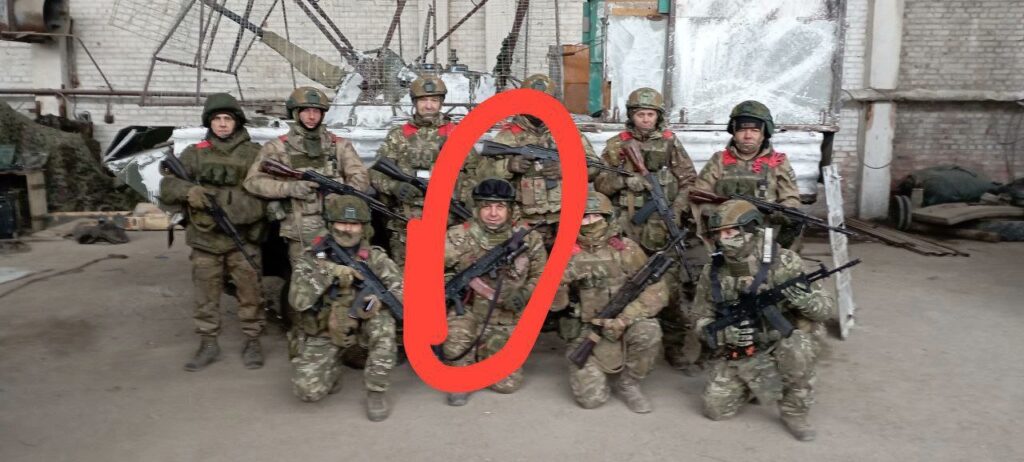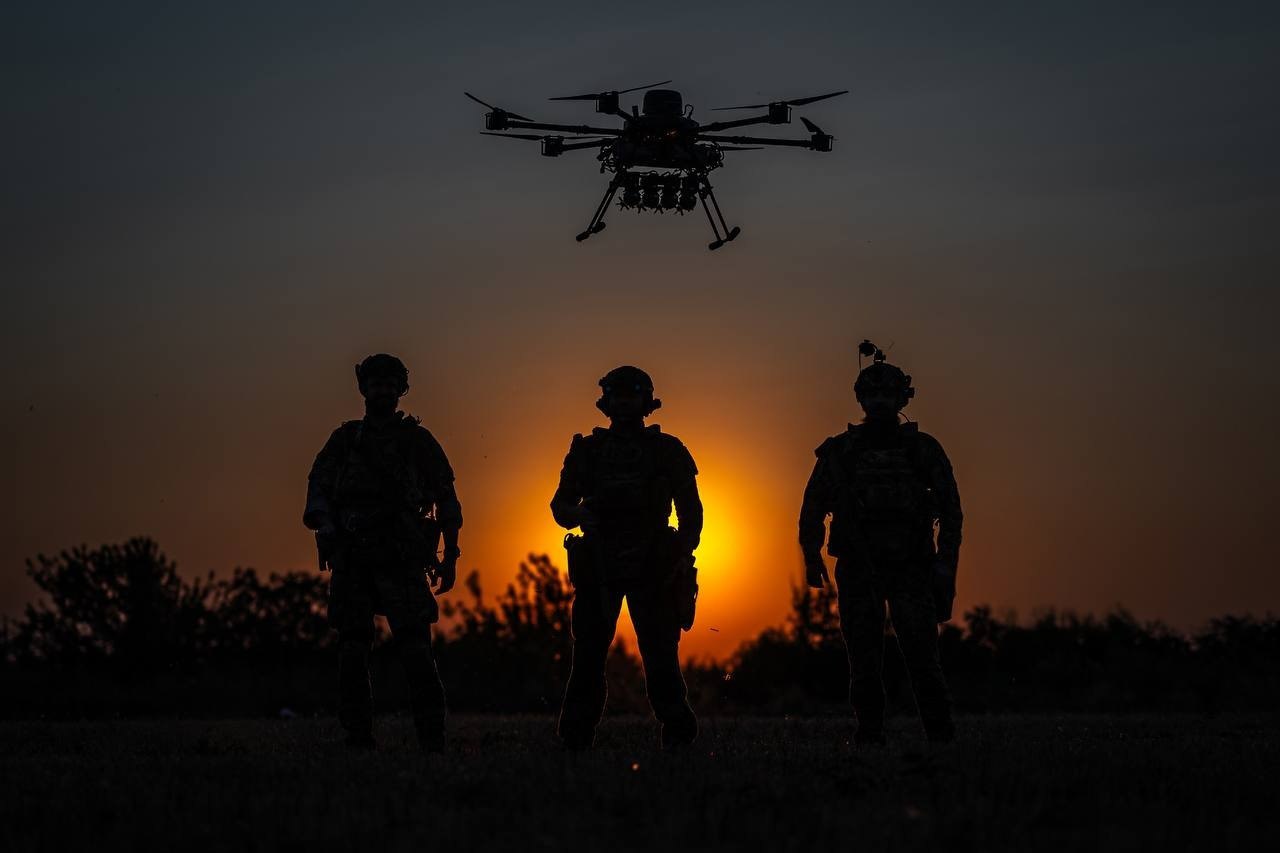Asbestos is bad for your health, so it’s not a good idea for Russian paratroopers to reinforce their armored vehicles with the carcinogenic material. But cancer-causing asbestos is the least of the Russians’ problem as they assault positions held by the Ukrainian 24th Mechanized Brigade in around Chasiv Yar in eastern Ukraine’s Donetsk Oblast.
But Ukrainian troops have problems, too. Despite inflicting horrific casualties on the attacking Russians, the Ukrainians are still outnumbered and outgunned—and falling back on some key axes.
The Russian 98th Airborne Division is trying to capture the ruins of Chasiv Yar in order to clear a path toward Kostiantynivka, an industrial town with a pre-war population of around 70,000 that anchors a line of urban settlements stretching to the north in Donetsk. Kostiantynivka lies just a few kilometers southwest of Chasiv Yar.
But the 24th Mechanized Brigade’s drones are everywhere all the time over Chasiv Yar—and they’re making life extremely dangerous for the 98th Airborne Division’s paratroopers. The division’s eight-ton BMD-2 infantry fighting vehicles are made from aluminum—to make them lighter and easier to transport by air, so they’re extremely vulnerable to enemy gunfire and artillery.
They’re even more vulnerable to drones that can attack from above and behind, where the BMD-2s’ thin armor is even thinner. So, according to open-source analyst Moklasen, the 98th Airborne Division has bolted asbestos roof sheets onto the sides of its BMD-2s and around the vehicles’ rear passenger compartment.
Asbestos fibers can cause long-term health problems, but the Russians’ problems are more immediate. In a year of hard fighting, they’ve captured half of Chasiv Yar—but it’s cost them thousands of troops and potentially hundreds of vehicles.
An assault just south of Chasiv Yar on Sunday by paratroopers riding in one BMD-2 and an armored truck and on six motorcycles ended in defeat when the 24th Mechanized Brigade’s drones spotted the attackers—and explosive drones and artillery rained down.
Asbestos isn’t flammable, but aluminum is, so the up-armored BMD-2 burned.

The bloody march on Kostiantynivka
The Russians are making very little progress in and around Chasiv Yar, and what little ground they do gain every month comes at an incredible cost. But that doesn’t mean Kostiantynivka isn’t in peril. Russian regiments are also marching on the city from the southeast and southwest.
And in the southwest in particular, they’re advancing at a relatively fast pace.
In just the last few weeks, they’ve marched tens of kilometers toward Kostiantynivka, pushing back unprepared Ukrainian troops and capturing around 250 square kilometers along the city’s southern flank. The Russian vanguard is now just nine kilometers from Kostiantynivka’s outskirts.
The Russian advance from the southwest “risks outflanking Ukrainian defensive lines and denies time for construction of new fortifications,” explained analyst Konrad Muzyka.
The Russians’ next objective is probably the village of Rusyn Yar. “Should Russian forces secure a breakthrough near Rusyn Yar, it would constitute a critical tactical gain, severely degrading Ukrainian defensive depth,” Muzyka warned.

A Russian victory in Rusyn Yar could render the Russian defeats in Chasiv Yar—including the destruction of asbestos fighting vehicles—irrelevant.
The fall of Rusyn Yar wouldn’t necessarily doom Kostiantynivka. Ukrainian defenses tend to get denser the closer they lie to the bigger cities. Recall that the Russian offensive toward Pokrovsk, farther south in Donetsk, moved swiftly through last year—and then ground to a halt just a few kilometers outside the city early this year.
But the closer the Russians get to Kostiantynivka, the more artillery and drones they can fling at the city center.
They could do to Kostyantynivka what they’ve done to many front-line cities: steadily demolish it, killing or forcing out any civilians who haven’t already fled—and rendering the ruins less valuable to Ukrainian forces, who may choose to withdraw … allowing the Russians to nudge the front line farther to the north and west.






